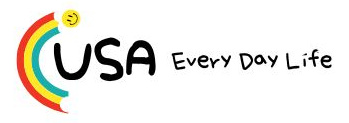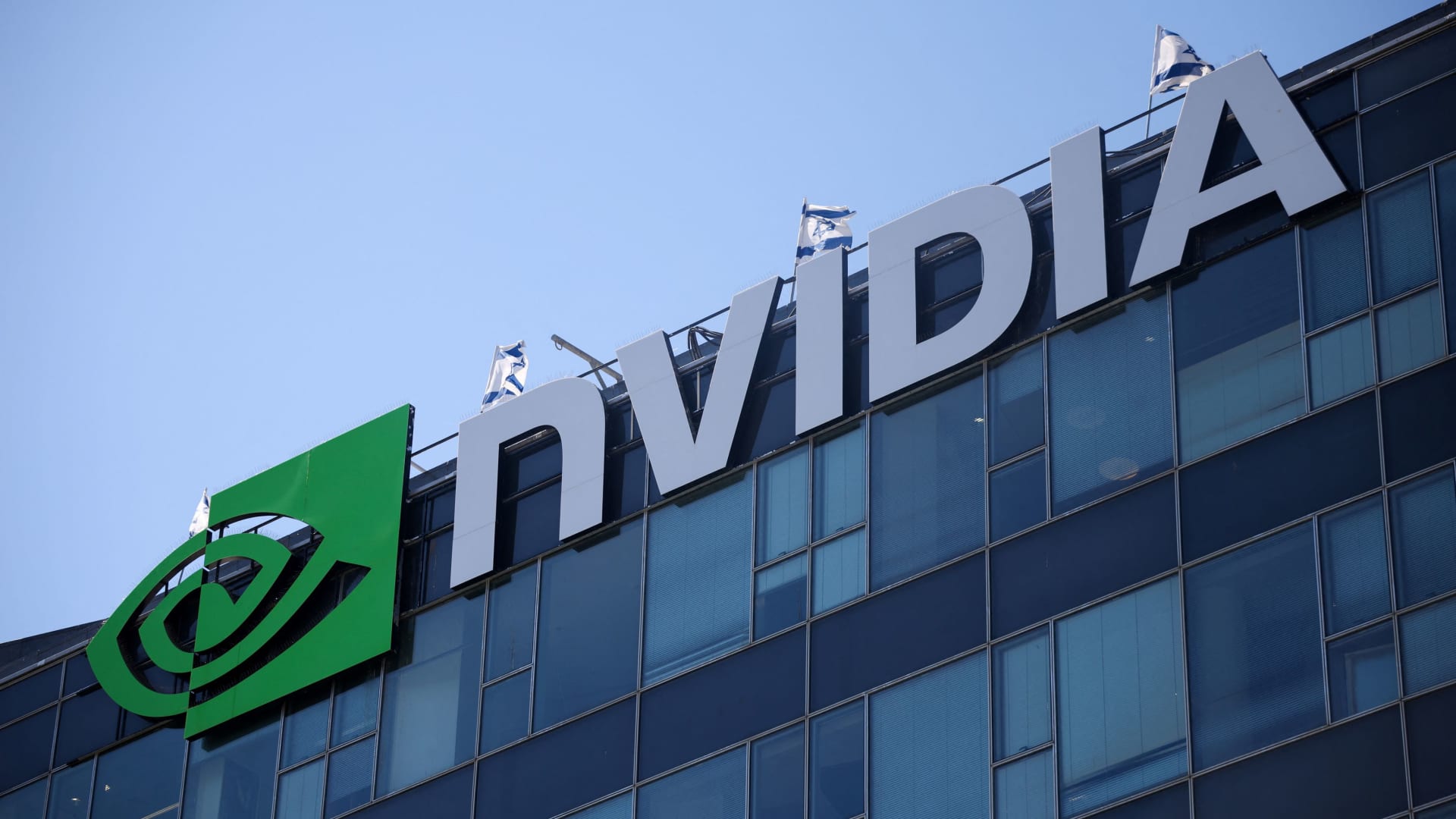Nvidia is the leader in the semiconductor industry. Ahead of its fiscal second-quarter earnings report on Wednesday, and largely due to its dominance in artificial intelligence, Nvidia is the largest publicly traded company in the world by market capitalization — and by a substantial margin. The difference between the valuation of Nvidia and second-place Microsoft is large enough to buy Exxon Mobil with some change left over. Here’s another superlative” Nvidia has a total return of more than 32,000% over the past 10 years. This extraordinary investment performance is driven by the company’s GPUs, which offer superior parallel processing, essential for AI model training and inference, building on their origins in gaming. The company’s proprietary CUDA software platform further solidifies its market leadership by providing a seamless integration environment for developers, creating a robust ecosystem that is challenging for competitors to replicate. The demand for AI compute remains exceptionally strong, driven by substantial capex growth at the hyperscalers. The Blackwell architecture is expected to further boost this momentum, with analysts projecting quarterly revenue reaching $50 billion by year-end, provided supply constraints ease and orders continue. Beyond data centers, Nvidia is expanding into automotive AI, robotics and cloud gaming, opening up additional revenue streams. Gross margins have consistently been near 70% ( > 56% net is projected next year), and the company has a history of exceeding earnings expectations. If the company achieves the $5.98 in adjusted earnings per share, the Street is forecasting next year that would represent nearly 36% growth year over year. As of Wednesday’s close (~$175), that suggests a PEG ratio (price-earnings to growth ratio) of less than 1. Unsurprisingly then, analyst sentiment is overwhelmingly positive. While the growth projections remain extraordinary, along with the apparent enthusiasm for the stock, its performance has been somewhat less so recently. It may surprise you to learn that the Dow Jones Industrial Average has actually outperformed by nearly 4% over the past 10 trading days. Admittedly, some of that outperformance is attributable to the recent rebound in UnitedHealth. Is the underperformance due to exhaustion? Concerns from the latest Federal Reserve meeting minutes that a rate cut is less likely? Merely the lagging industrials indexing finally playing catch-up? Whatever the reason, it’s worth considering whether an options trade might offer better risk-adjusted returns between now and the end of the year than the stock itself. A calendar call spread risk reversal would still offer upside, likely provide a modest standstill return in the event the stock stalls and, in the worst case, compel the trader to own the stock at a slight discount (~12.5%) to the prevailing market price in the example trade provided below. DISCLOSURES: None. All opinions expressed by the CNBC Pro contributors are solely their opinions and do not reflect the opinions of CNBC, NBC UNIVERSAL, their parent company or affiliates, and may have been previously disseminated by them on television, radio, internet or another medium. THE ABOVE CONTENT IS SUBJECT TO OUR TERMS AND CONDITIONS AND PRIVACY POLICY . THIS CONTENT IS PROVIDED FOR INFORMATIONAL PURPOSES ONLY AND DOES NOT CONSITUTE FINANCIAL, INVESTMENT, TAX OR LEGAL ADVICE OR A RECOMMENDATION TO BUY ANY SECURITY OR OTHER FINANCIAL ASSET. THE CONTENT IS GENERAL IN NATURE AND DOES NOT REFLECT ANY INDIVIDUAL’S UNIQUE PERSONAL CIRCUMSTANCES. THE ABOVE CONTENT MIGHT NOT BE SUITABLE FOR YOUR PARTICULAR CIRCUMSTANCES. BEFORE MAKING ANY FINANCIAL DECISIONS, YOU SHOULD STRONGLY CONSIDER SEEKING ADVICE FROM YOUR OWN FINANCIAL OR INVESTMENT ADVISOR. Click here for the full disclaimer.





